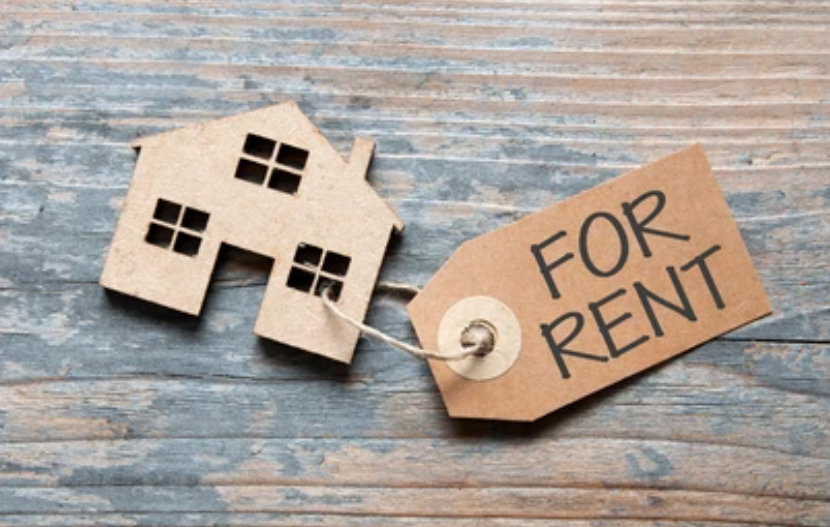Lowering the Federal interest rates affects many things, including mortgages. It encourages banks and lenders to decrease rates on loans and expand the number of loans they provide. In simple terms, lowering the Federal interest rate increases the supply of available money to banks. This makes it possible for them to offer lower interest on loans which makes them more money.
Mortgage loans come in different types. One type of particular interest to people is the VA loan, a home loan backed by the Department of Veteran Affairs. VA loans are available to active service members and veterans and don’t require a down payment when purchasing a home. This makes it much easier for people to buy a home while the Federal interest rates are low.
What are Federal Interest Rates?
All banks are required to reserve some of their money as a guarantee for their customers. This ensures that account holders will have immediate access to money when requested. The federal funds rate (interest rate) is the rate that banks charge each other to borrow or lend these excess reserves.
The Federal Reserve uses the federal interest rates to intervene in the economic system to increase stability. They do so especially in times of crisis, such as the coronavirus pandemic. Decreasing the interest rates increases the money available to banks, which increases the number of loans issued. By increasing the availability of loans, the Federal Reserve encourages a heightened movement of money through the economy. With an increase in loans and a decrease in the risk of loans, the economy is better able to stabilize.
Why Does the Fed Change Interest Rates?
Interest rates are one of the Federal Reserve’s primary tools for stabilizing and preserving the economy’s health. It is also a method of controlling inflation.
- Increasing interest rates reduces the movement of money and counters inflation.
- Lowering the rates frees up money and stimulates the economy.
The Federal Reserve aims for an inflation rate of 2% over time to keep up with the growing economy. During a crisis such as the coronavirus pandemic, this goal has become tricky, if not temporarily unsustainable.
By freeing up the movement of money, the Federal Reserve is making it easier for businesses to avoid collapse during a time when the financial market is otherwise paralyzed. When loans are more affordable and available, they become a more viable way for businesses to avoid bankruptcy during an economic crisis of this nature. These loans will likely go towards covering costs of operation and employee wages during a time when actual paying business is at an extreme low. If affordable loans can sufficiently bolster lowered profits, then the companies can stave off bankruptcy and layoffs.
How do Lower Federal Rates Affect Mortgage Rates?
The lowering of the federal interest rates affects mortgage rates in many ways. Many experts expect mortgage rates to take a dip, of varying degrees, while the Fed target rate remains low. When the Federal Reserve lowers the federal interest rates, it increases the amount of money that banks can loan and earn interest on, because it reduces the rate of interest at which banks lend money to each other to meet their reserve requirement. In simpler terms, banks have cheaper access to funds and can loan money at a lower rate to a higher number of people.
How do Lower Interest Rates Affect Consumers?
For homeowners, the lowering of interest rates can lead to an opportunity to refinance and get a lower rate on their loan. For people considering buying a home, the lowered Fed rate can make it easier and cheaper to obtain a low-interest mortgage. Even a couple of percentage points difference in mortgage interest rates can reflect hundreds of dollars difference in monthly mortgage repayments. These historically low federal rates can create an excellent time for new homeowners to emerge and take advantage of lowered interest rates on mortgage loans.
Should I Refinance my Loan?
Knowing when to refinance a mortgage can be tricky, but when the Federal Reserve lowers its target rate is an excellent time to consider it. However, there are numerous factors and costs that go into the refinancing process. If you can achieve an interest rate reduction of one or more percentage points on your mortgage, you have the finances to fund the refinancing process and you aren’t planning to sell your home in the near future, then financing can be a smart move.
For example, if you have a home valued at $200,000, and you want to obtain a home loan for it, the monthly payments at 6% interest will be $1,000. With a 4% interest rate—just two points lower—the monthly payments on that loan would be $667.
Now, let’s look at a scenario where you were refinancing a mortgage with $200,000 left on it. You could achieve a lower interest rate, but it would involve upfront costs. These costs include mortgage application fees, loan fees, insurance fees, property fees, and closing fees. In this case, can be useful to get a tally of the fees and costs from the bank you’re considering. Then, calculate how much money you would save on the lower mortgage rate. Finally, compare that to the amount needed to spend to initiate the refinancing of your mortgage. If the amount saved on interest is significantly higher than the amount spent on refinancing, it can be a good idea to refinance.


